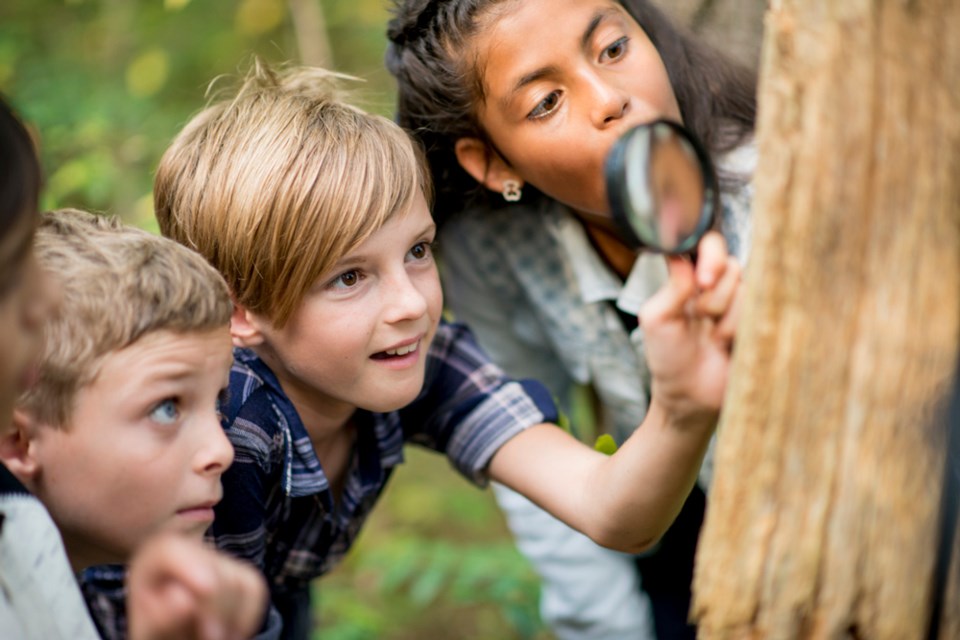Learning styles are as unique as each child. Just as there are many different fashions, a child learns differently, and each has different academic needs. For the best success, it is essential to personalize the learning process.
“Understanding a child’s learning style can help a parent and/or a teacher modify the way that they teach to maximize how much a student understands and retains,” Samantha Allen, Centre Director of Sylvan Learning in Coquitlam and Burnaby says.
Sylvan Learning provides tutoring to students of all ages, grades, and skill levels.
Identifying learning styles is important, but meeting each child where they are is equally important.
“Teaching beyond a child’s level of understanding is like trying to teach calculus to someone who is struggling with multiplication; sometimes we have to go back to basics,” Allen says.
People learn in at least eight different ways: visually, verbally, physically, mathematically, musically, or naturalistically, through group activity or through quiet thinking time. Children can exhibit more than one learning style.
How does your child learn?
Visual/Spatial
Visual/Spatial learners enjoy photography, visual metaphors, puzzles, illustrations, and story maps. Seeing a bar graph on the cost of different cars, for instance, would be a better learning tool than hearing a list of prices read aloud.
Verbal/Linguistic
Verbal/Linguistic students shine in storytelling, public speaking, drama, and journal writing activities. Encourage them to write detailed descriptions of what they see, taste, feel and hear. Give children journals to keep for one month.
Bodily/Kinesthetic
Bodily/Kinesthetic learners thrive on hands-on experiments, field trips, body language, crafts, and sports. Take a field trip to a local factory, then visually display what was learned.
Logical/Mathematical
Logical/Mathematical learners tend to be better at problem-solving, coding, data collecting, money management and scientific models. Help your child create a budget sheet that itemizes money spent during one month. Determine what category drew the most significant expenses.
Musical/Rhythmic
Musical/Rhythmic students may play an instrument, sing, hum or tap during work or require background music while studying. Turn memorization exercises into rhythmic wordplay and set it to any musical style.
Intrapersonal
Intrapersonal learners work better alone, doing individual studies, personal goal setting, and self-esteem activities. This type of student can write down one objective and record the steps to achieving it.
Interpersonal
Interpersonal learners work better in group activities, such as clubs, peer teaching, conflict mediation and active discussions. They would enjoy volunteering at a nursing home, women’s shelter or charity and documenting the experience in a journal.
Naturalist
Naturalist learners tend to understand ideas better when related to a natural occurrence. They prefer outdoor activities, such as camping, gardening, hiking, and birdwatching.
“Figuring out which learning style is best for your child can take time, but it will allow them to become the most confident versions of themselves,” Allen says.
“Those ‘a-ha’ moments are so powerful for students who have spent time simply saying that they don’t get it.”
For more educational resources for children in Kindergarten through Grade 12, visit www.sylvanlearning.com.



